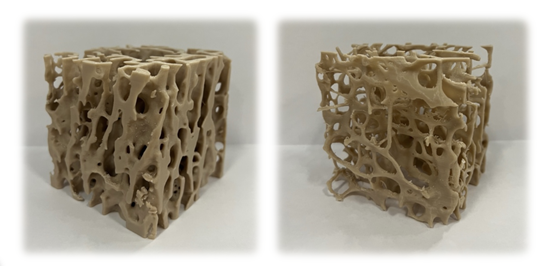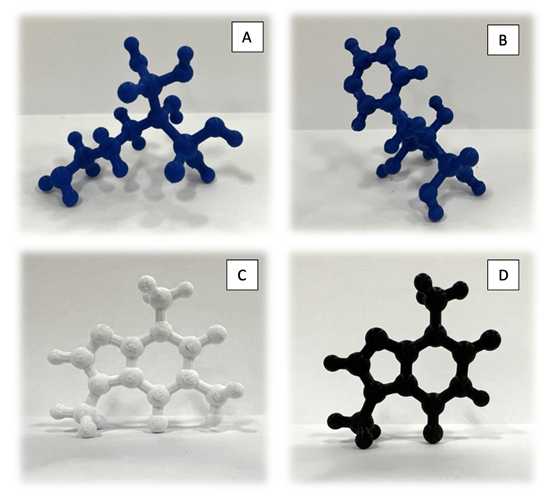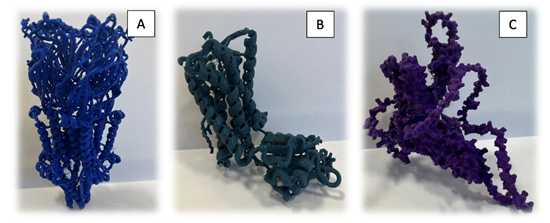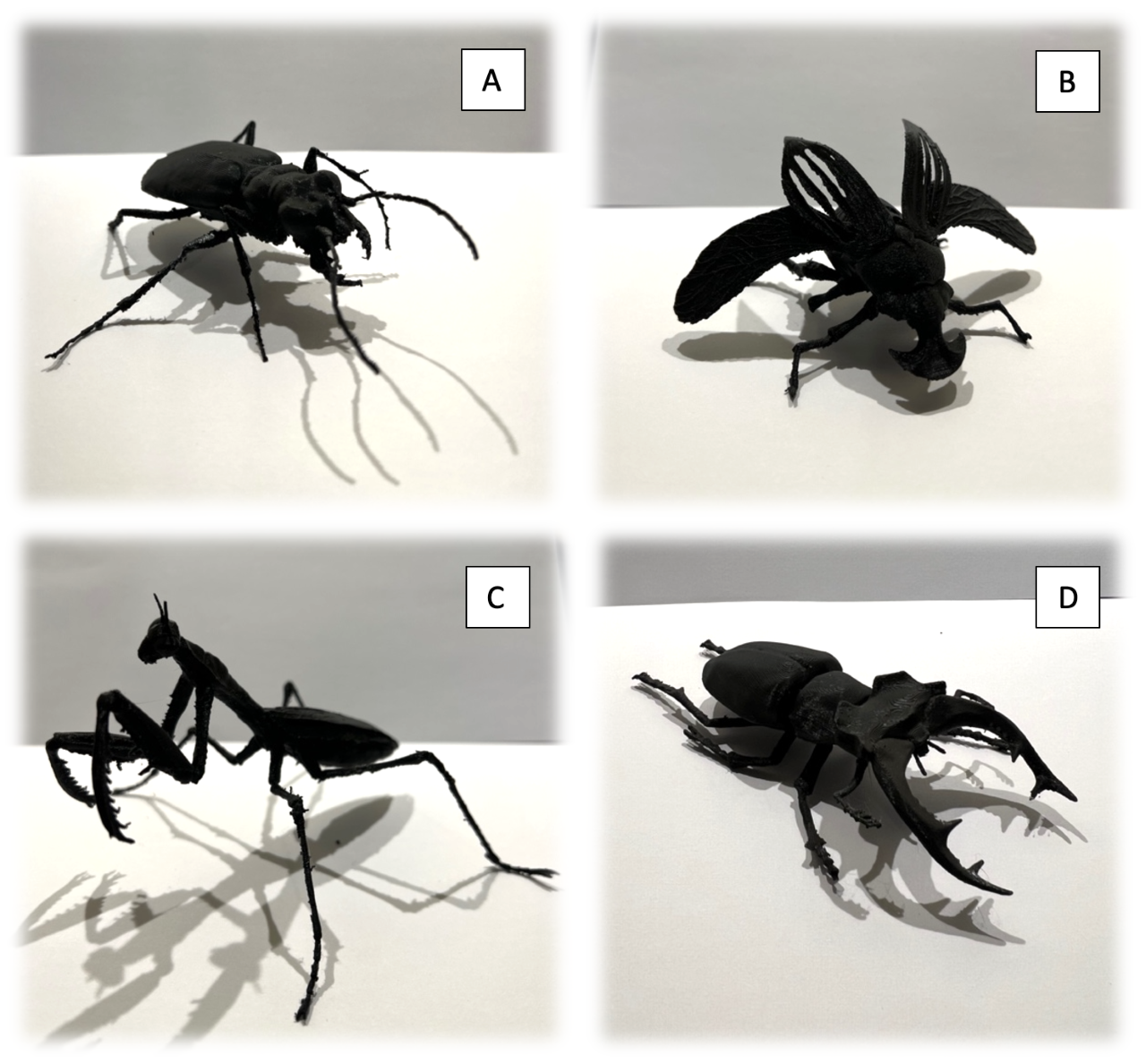Pedagogy refers to the act of academic teaching, allowing students to learn through transforming experience into knowledge. A typical pedagogical method is the didactic approach of standing in front of a large group of students and relaying information provided on a slideshow, often with added in-person context. This is not to berate or demean this standard, as this is often the most efficient and practical way to teach a large number of students. However, there is the risk of the learning environment becoming stale, uninspired and disengaging, which has been critiqued anecdotally among students, including myself as a neurodivergent student. On the other side of the lecturn, having the confidence and persistence to teach and communicate scientific ideas and conceptual theories is not a ubiquitous skill. While some people are gifted with confidence and the ‘gift of the gab’, it does not necessarily easily translate into inspirational and meaningful teaching from a student's perspective. Many other innovative approaches have emerged including 3D printing, which offers an exciting and cost-effective opportunity to provide custom teaching resources to create a more engaging and tangible teaching experience.
3D-printed models could easily be incorporated into a ‘flipped classroom’ approach where students are required to read essential literature or watch introductory videos on the current topic beforehand to then enter the classroom and engage in active learning using the models. Creating a rich learning environment,where the student has access to interactive media, aims to embed greater depth in the learning experience by enhancing engagement with the lecturer and with peers alike, inspiring thought and practice to the principles being taught. A rich learning environment has the capacity to see these factors coalesce and is the reason there are practical components built into the structure of most subjects. Offering this on a smaller scale in the classroom or lecture theatre offers an even richer experience.
The integration of tangible and customisable models in pedagogy offers an interactive way to increase and maintain engagement, potentiating student ability to recall uniquely interactive moments, rather than recalling static information presented slide after slide. The implementation of 3D-printed models has been shown to positively influence normalised learning gains. 3D models were created and integrated into modules to target common misconceptions in understanding protein structure-function (structure, function) relationships presented by students. One module used interlocking amino acids to create polypeptide chains which demonstrate how bond angle rotation is affected by changes in the electron cloud. The second module used proteins featuring secondary structures which students were tasked with to identify and further predict reaction characteristics in solvents. The third module explored allosteric enzyme regulation using interlocking glucose-6-phosphate and human hexokinase I (HHI) models to assess how binding of ATP substrate to the respective active site on (HHI) is affected. This suggests that presenting a tangible interactive learning experience is a more immersive and effective approach than static 2D presentations. This approach also offers students greater potential to approach complex aspects of scientific principles. Furthermore, it suggests interactive learning increases students' ability to recall learned information.
The cost of 3D printing technology started high as demand for its use is low, however, 3D printing technologies have become more commercially available at more affordable prices with online retailers providing products for as little as £90. 3D printers now allow for relatively cheap and quick access to thousands of learning tools that can be generously sourced online for free downloads or as purchasable content. This opens the opportunity to provide hands-on teaching resources in lower-income teaching institutions, including homeschooling. Free online software packages present the opportunity to create unique learning tools that can be readily modelled and converted to printable files before then being held in your own hands.
My research resulted in the calibration and optimisation of 3D printing materials and methods within a pedagogical context at SUM3D, a 3D printing suite developed by Dr Claire Price and Dr Aidan Seeley. During this project, several commissions were requested by lecturing staff from different faculties within Swansea University to produce engaging teaching tools. These included trabecular bone comparison models of healthy and osteoporotic bone (Fig. 1). These models offer a closeup view as to how osteoporosis damages the bone microstructure and why pharmaceutical drugs, such as alendronic acid and zoledronic acid, could be administered to reverse this condition. Models such as these can be freely obtained online.

Fig. 1: Bone comparison models of healthy and osteoporotic bone. Left image: healthy bone with a bone volume fraction (BV/TV) of 30%. Right image: osteoporotic bone showing decreased bone density with a BV/TV of 10%.
Moreover, it is possible to 3D print molecules used in the treatment of conditions, such as osteoporosis, and provide tangible tools for teaching structural activity relationships, allowing educators to clearly show the structural similarities and differences between molecules. Examples include the bisphosphates; alendronic acid and zoledronic acid (Fig. 2A-B), which are used in the treatment of osteoporosis, in addition to caffeine and its metabolite theobromine (Fig. 2C-D). These four molecules were freely sourced online through the National Institutes of Health (NIH) 3D Print Exchange and PubChem to show how the structural similarities and differences of these molecular pairs visually in 3D space.

Fig. 2: Stick and ball model representations 3D printed molecules. (A) alendronic acid,(B) zoledronic acid, (C) caffeine, and (D) theobromine.
Larger molecules such as complex proteins can also have their 3D shape printed, enabling students to observe hands on the different protein structures (Fig. 3) and observe structural similarities between protein family members.

Fig. 3: Complex protein models. Ribbon diagrams of (A) ligand-gated ion channel, α7 nicotinic acetylcholine receptor and (B) the G-protein coupled receptor, cannabinoid receptor 1. (C) Space-filling model of transient receptor potential cation channel subfamily V member 1.
Moreover, the applications of 3D printing extend beyond those of biomedical science, models can be printed for a range of subjects demonstrated by several invertebrae models (Fig. 4) printed for use in entomology teaching. Using live or pinned invertebrate models from a collection can be costly and raise ethical concerns when handled by untrained but enthusiastic individuals, especially if the specimen in question is a rare or delicate species. However, using 3D-printed invertebrate models removes these concerns as any damage to the models just entails reprinting of the existing model – allowing for wider engagement.

Fig. 4: Invertebrate models. (A) green tiger beetle, (B) boar beetle, (C) praying mantis and (D) stag beetle.
As promising as the somewhat limitless potential of 3D printing technologies is, any emerging technology has errors and defects that can arise in the final printed model. Calibration of the parameters set within the slicing software by the operator for the filament in use is arguably the most important step when using 3D printing technologies, yielding the greatest possible defects regarding the final print. If the printer is not set to use calibrated and advised settings appropriate for the filament in use, deformations can arise, affecting the aesthetic and functionality of the print. Often, this requires a trial-and-error approach to mitigate print deformations and to ensure a usable, engaging model for teaching. However, the user-friendly software and a keen 3D-printing community allow for even the most junior of 3D-printer users to develop skills and resources with relative ease.
The generation of 3D models by educators for pedagogical enhancement is limited only by the users' initiative to learn and use 3D computer aided design (CAD) and fused deposition modeling (FDM) technologies, and their imagination to conceptualise them. It offers exciting prospects to create richer learning environments that can stimulate the minds of students and offer engaging scenarios that promote the application of learned subjects in real time. The implementation of relatively low-cost and readily available 3D printing technologies will augment stale didactic approaches and expectantly increase student engagement and academic performance.
Comments
If you are a British Pharmacological Society member, please
sign in to post comments.